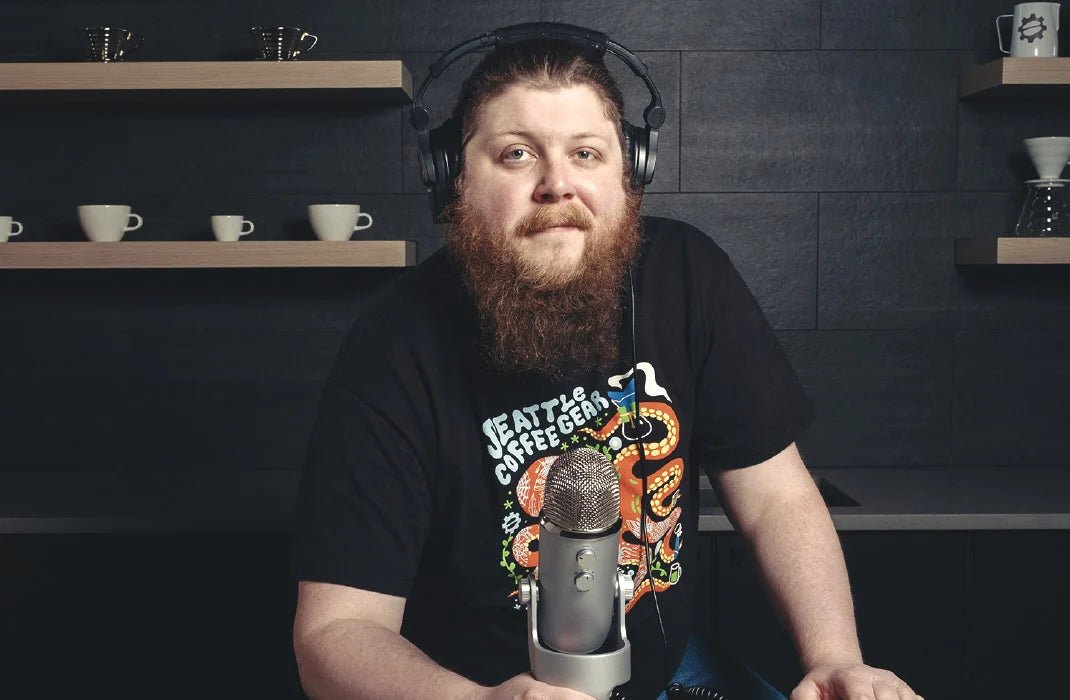One of the first questions many prospective coffee professionals ask when shopping for their first machine is “how many drinks per hour?” What many folks in this position don’t know yet is that it’s hard to judge a commercial machine by how many drinks it can produce over a period. We’re going to get into why that question won’t necessarily help you evaluate an espresso machine, and how to ask the real related question that will. Let’s start by breaking down why “drinks per hour” isn’t something you see on product pages.
Drinks Per Hour
We understand the urge to ask about drinks per hour. If you’re launching a coffee program you want to make sure that whatever machine you purchase will stand up to customer demand. It would be quite unfortunate if your machine ran out of gas in the middle of a busy rush! When it comes down to it though, this metric doesn’t really mean much. Before we go into further detail, it is important to note that it’s really key that you look at commercial espresso machines. There are some very occasional fringe cases where you may consider a smaller single group machine for a business, but if you’re reading this, you almost certainly should at least be looking at commercial single group machines.
Assuming that you are looking at the right category of machine, drinks per hour shouldn’t be a concern. These are machines purpose built to handle the volume of a commercial setting. Most commercial espresso machines will feature a brew boiler and a separate service boiler for steam and hot water. Most of these machines also feature large enough boilers that it’s virtual impossible to “outrun” them. More importantly though, it’s just not possible to offer a metric for “drinks per hour” because there are so many factors that truly go into this.
In order for your baristas to maximize the amount of drinks they can produce in an hour, they’ll need to be highly trained and have a strong workflow. This means access to drinkware, tools, cleaning stations, room to move around, and, perhaps most importantly, a great grinder. A grinder that consistently doses set up with a clear tamping station is perhaps more important than your espresso machine for speedy shots, but even this can’t up your drinks per hour if you don’t have staff that can keep up as well.
Because of all this, we really can’t say how many drinks per hour a machine can produce, because it’s just impossible to test for in your environment. Machines advertised as capable of dozens and dozens of drinks per hour don’t consider that you can’t physically make that many no matter how skilled the operator is. What we can do here though, is help you to understand what you might really want to ask about.
Recovery Time and Workflow
The downtime needed for a machine to recover its boiler temperatures is called recovery time. Essentially, the boilers are recovering their water and temperature. In general, it’s true that heating elements and boilers can’t heat water faster than you can drain it. If you were to leave your steam wand open, for example, it would eventually run out of steam. The recovery time of a boiler is dependent on its heating element. One question you could ask when shopping for a machine is “does this machine have a fast enough recovery time to keep up with several dozen customers per hour?”
Recovery time varies depending on the type of heating element and boiler employed. There’s a raft of in-depth technical info that can quantify exactly how different types of heating elements and machines work and their effectiveness. It’s a good idea to work with your sales consultant to understand this, and to understand how machines might differ based on what sort of heating element they use.
Boiler size is also a factor here, with smaller boilers having less capacity. A machine with larger boilers can keep going for longer without an extended break. While there are still other factors at play here, asking about recovery time and capacity and keeping them in mind as you shop is a good idea.
As touched on above, workflow is also important. Everything from button interfaces, to control arms, to portafilter design can affect the speed at which your baristas can move through the parts of crafting a drink. This is why it’s worth working with the person who will be training your staff as you shop for a machine.
One thing we haven’t touched on yet that is an enormous factor for your machine is grouphead count. A single group machine, by design, will not have the sort of output of a two group machine. It’s not as simple as doubling groups to double capacity though, as not all machines feature boilers for each grouphead, and you still need the staff to operate multiple groups at once in an efficient manner. This is another piece of the puzzle that working with a knowledgeable sales consultant and staff trainer will help you to place. There are also other reasons why you might want a multigroup machine, such as having more programming options for menu items like ristrettos and lungos, or for different coffees.
Conclusion
As you can see, working out the perfect machine for your shop isn’t as simple as getting whatever offers the most “drinks per hour” in your price range. Like most parts of setting up your coffee program, it’s a little more complicated than that. However, if you learn what sort of questions to ask and work with people who understand how to answer those questions, you’ll find the perfect machine for your your coffee program.


